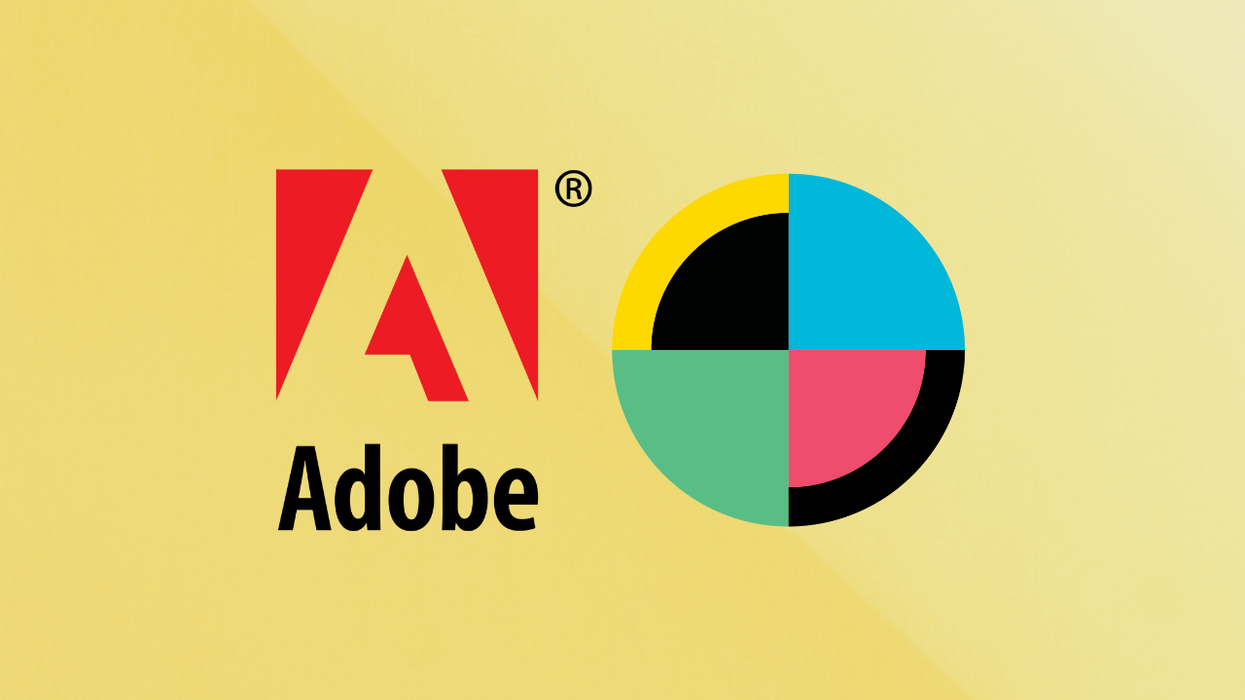3 Secret Tips to Be a Better Editor from Our Adobe Premiere Masterclasses
No Film School has teamed up with Adobe to offer first-rate masterclasses in Premiere Pro. Here's everything you missed so far.

Over the past few weeks, Creative Cloud Evangelist for Adobe, Jason Levine, has been our instructor in Premiere Pro and After Effects. He introduced us to both and helped readers learn how to better optimize their editing workflows in Premiere.
Masterclasses resume next week, but there's so much great information in these classes that we've put together a few key tips and tricks from each one!
Getting Started with Premiere Pro
Jason unveils some very helpful knowledge in this introduction, including audio and storage preferences that'll save you tons of time in the future.
If you're trying to connect an external microphone, you're going to want to go under Audio Preferences and find the device name list under Default Input. This is also how you'll have to switch to headphones from your computer speakers if you're connecting those externally.
It's also important to check out your Memory Preferences. Here you can choose how you want to distribute memory between each of your Adobe products. As Jason mentions, you want to have about 20-25% of your total memory available for other things on your disc drive.
These are settings you'll probably have to switch often, so it's best to know exactly where to find them when needed.
Introduction to After Effects
After Effects’ Product Manager, Victoria Nece, joined Jason and walked us through creating a composition in the program.
One of the biggest things she preached was to always name your layers. Especially as your project grows, you want to keep everything organized to avoid confusion.
At about 25:00 in the lesson, Victoria also teaches us how to add an immersive effect to our keyframes. This creates an Easing appearance for the object being moved and adds a lot of depth to the overall movement.
One last performance tip is to keep your Render Quality at a lower percentage. You can find that tab underneath your video playback and choose accordingly. The performance boost is always worth it!
Optimizing Your Editing Workflow with Premiere
A critical setting to be aware of when creating a new sequence is under the Tracks column. This is the audio configuration of your master sequence. At around 15:30 in the lesson, Jason points out which settings are best for the type of camera you shot with. It's super important to keep these settings in mind. Sometimes it can make all the difference in quality.
Another great pro tip is to check the column by clicking on the monkey wrench under your playback window. You should check off Show Frame Drop Indicator in the list.
This will show up as a green dot under your playback and will help you see when you're dropping frames. As your video files increase, this will become pretty common, so you're going to want to be able to nail down the issues as they arise.
The Masterclasses Continue...
The NFS + Adobe Premiere Pro Livestream Masterclasses continue next week on Friday at 10:30 a.m. PST on the No Film School YouTube Channel. If you miss a livestream, we’ll have recordings up on our site and YouTube channel a few days after the stream.
For a limited time, No Film School readers will get a 20% discount on the cost of an Adobe Certified Professional Exam delivered online through Certiport.

 'Aliens'CREDIT: 20th Century Fox
'Aliens'CREDIT: 20th Century Fox
 'Promising Young Woman'CREDIT: FilmNation
'Promising Young Woman'CREDIT: FilmNation









